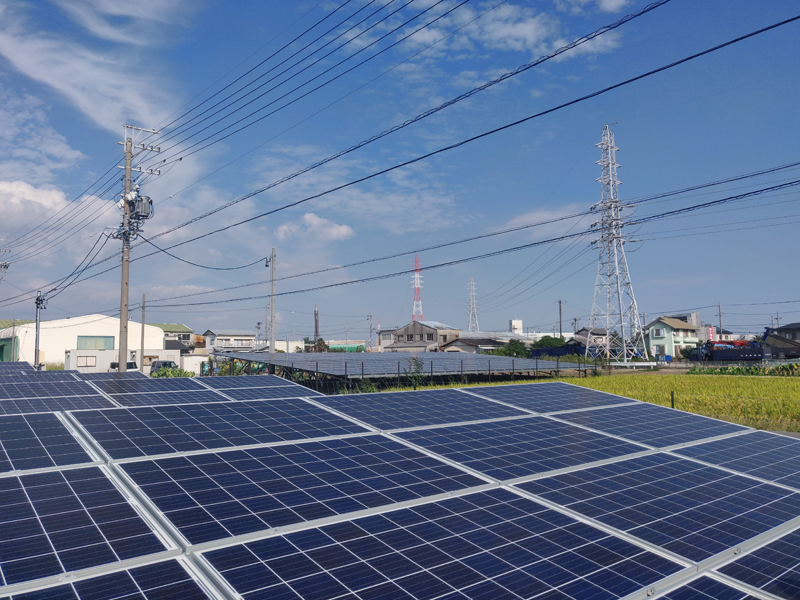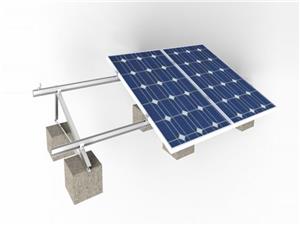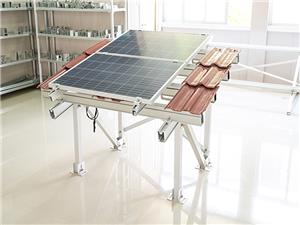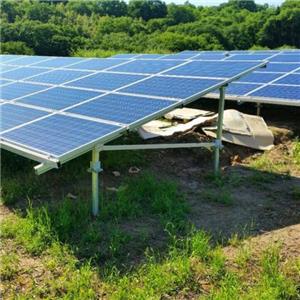How to build a photovoltaic system to withstand hurricanes?
How to build a photovoltaic system to withstand hurricanes?

From a production point of view, the equatorial region is an ideal location for photovoltaic power generation systems. No place in the world has higher sunshine hours and intensity than tropical areas. However, there is a problem: In late summer and autumn, there are regular tropical cyclones with wind speeds exceeding 200 kilometers per hour. This can cause serious and costly damage. How to build a "hurricane-proof" photovoltaic system there?
Compliance with local standards
Most countries/regions have local standards related to the wind loads acting in the region. These standards form the basis of the system's static calculations. For example, the column spacing of outdoor racks, component fixtures and many other factors are caused by calculations and demonstrations.
Check the ground condition
However, if the system is actually "built on sand", then the best static calculations will be wasted. Because all the forces acting on the system must be absorbed by the column and transferred to the ground. At high wind speeds, the ground is usually the weakest link in the chain. If a hurricane sweeps over the solar module, it will produce a suction effect-similar to an airplane wing. Huge pulling force and leverage are acting on the foundation of the system, which may cause them to loosen or even be pulled out of the ground.
Therefore, the basis of any careful planning is an accurate inspection of soil conditions. This is usually done through geological reports, in which the structure, composition and porosity of the soil are analyzed. Professional service providers or assembly manufacturers prepare reports-as long as they have appropriate experience. This will generate a specification sheet for the overall statics of the system, including the necessary evidence.
Static calculations-understand the basics
In the subsequent static calculations of the system, it is important to accurately understand the so-called load side: where the wind load acts, and most importantly, how it acts. The wind speed expected by local technical standards is only one aspect of the coin. They say which forces can occur, but they do not say how these forces actually act on individual components. Investigation is the job of the assembly supplier. Therefore, for manufacturers of high-quality systems, extensive wind tunnel testing is an integral part of product development. With the help of the data obtained in this way, the force can be accurately calculated. It is important to consider all components
The second important parameter calculated is the so-called component resistance side, that is, the load-bearing capacity of a single component. Here, just calculating the model is not enough; it must be tested. Because: When planning photovoltaic systems, the usual standards and calculation methods in the construction industry have reached their limits. The background is that the photovoltaic system is not installed in an assembly workshop under perfect conditions, but installed outdoors. Therefore, for example, when a tamped foundation is set on uneven terrain, the tolerance is inevitably greater than that in the classic building structure.
Precise assembly instructions
In order for the calculated things to work in practice, the system must of course be professionally installed on the construction site. Accurate and comprehensive documentation and assembly instructions and corresponding technical drawings are essential for this – especially since assembly is usually performed by an external company. These drawings not only include detailed assembly instructions. They also pointed out the source of the error, such as the correct tightening torque of the screw.
On the construction site: improvise-but do it well
Almost no outdoor photovoltaic project can perform site planning with 100% accuracy. There are almost always unforeseen difficulties that force you to deviate from your plan in certain places. For example, you often encounter boulders on the ground, so you cannot place some solid foundations as planned.
Therefore, it is important to have a certain ability to improvise on the construction site-but in this way the statics can still be guaranteed. This is ensured by the quick response and experienced "after-sales support" provided by the assembly manufacturer. Ideally, technicians who have already participated in the planning are responsible for the calculation and implementation of alternative solutions.
Can be a static problem: corrosion
Tropical areas are not only extreme areas where wind loads are possible. Compared to almost any other place on the planet, the atmosphere has a greater impact on steel components. On the one hand, the chloride content in the air in coastal areas is very high, which greatly promotes and accelerates corrosion. In addition, the high humidity often causes condensation to form on the components in the morning and evening. Both phenomena occur at the same time near the coast-extreme loads on metal parts. .
Under such harsh conditions, traditional corrosion protection can only last for a few years. Once the coating "falls off", there is a risk of pitting corrosion or even failure of a single component. This shows that stability means more durable in the tropics than anywhere else. Therefore, in tropical areas with strong winds, particularly durable and anti-corrosion protection that can cope with these aggressive conditions is mandatory.
Stable assembly system to ensure investment
The profitability of photovoltaic systems in tropical regions is above average. At the same time, they face above-average risks-from cyclones, heavy rain, humidity and corrosion. Therefore, investors and project developers should be very careful when selecting and planning to install systems. A simple calculation example illustrates why this is worthwhile: assembly systems only account for about 10% of the total investment, and modules account for about 70%. If you set the wrong priority here, you may face costly confusion.




